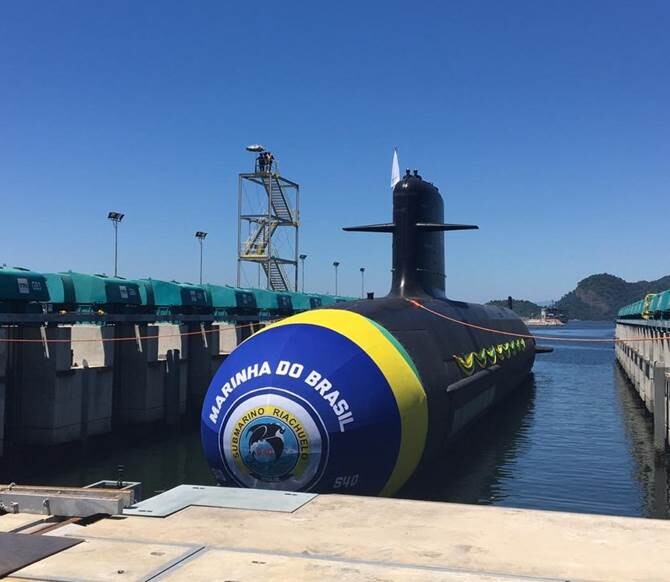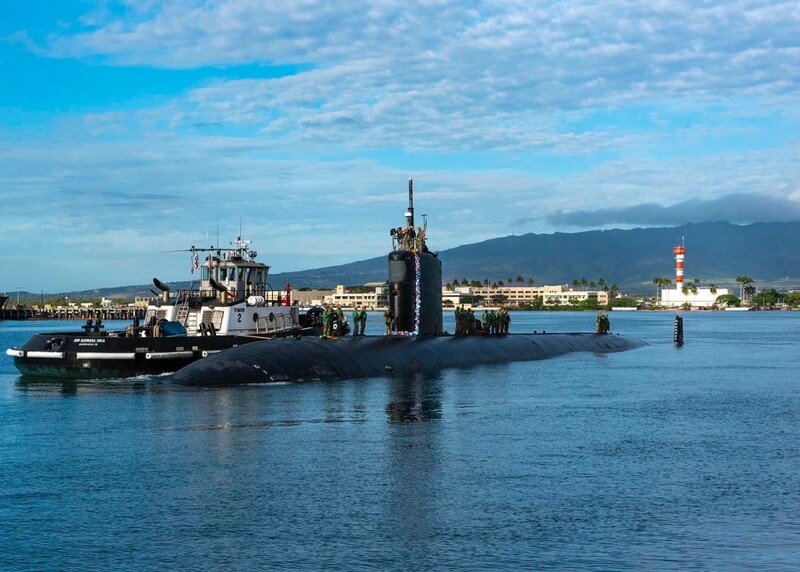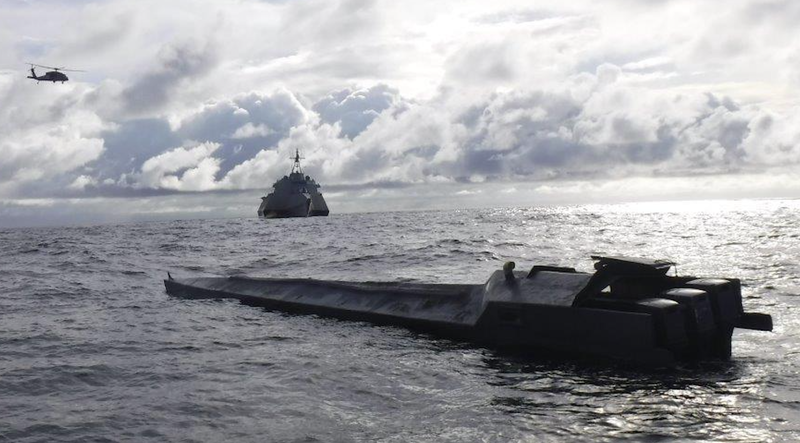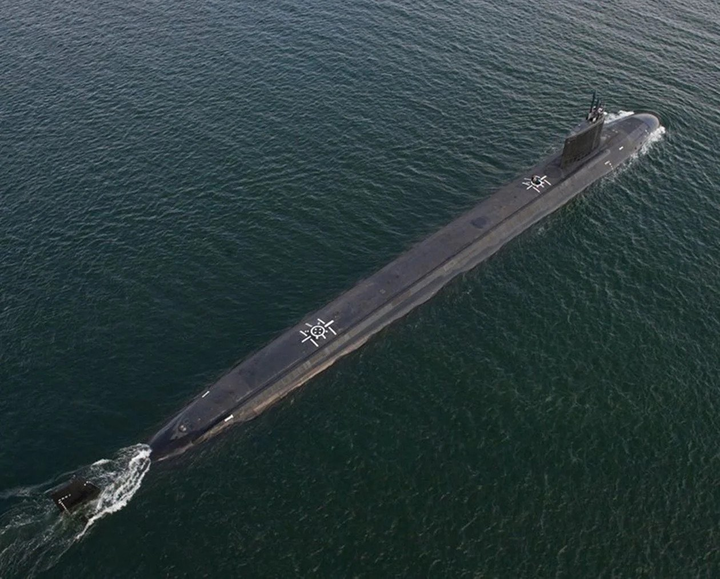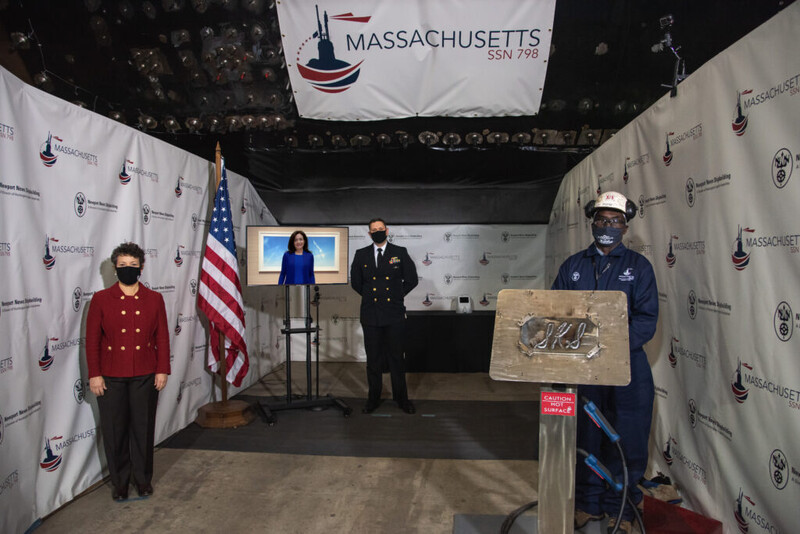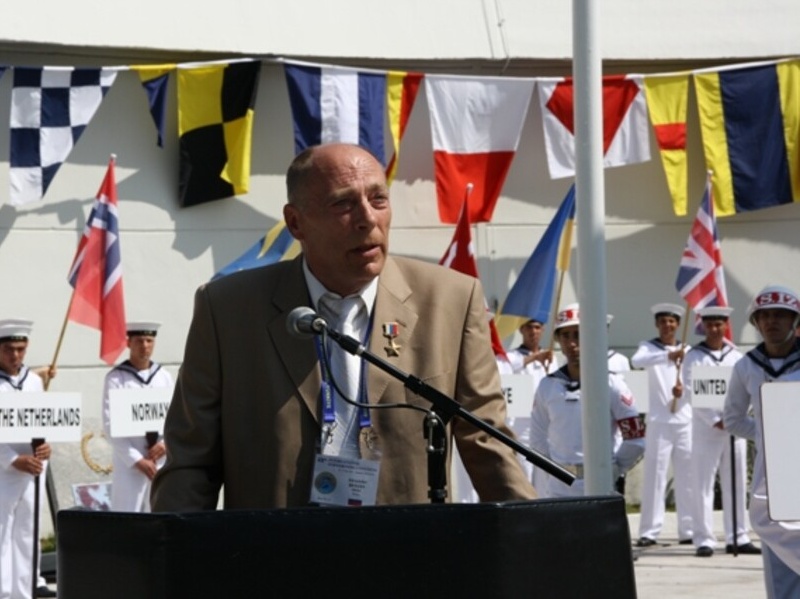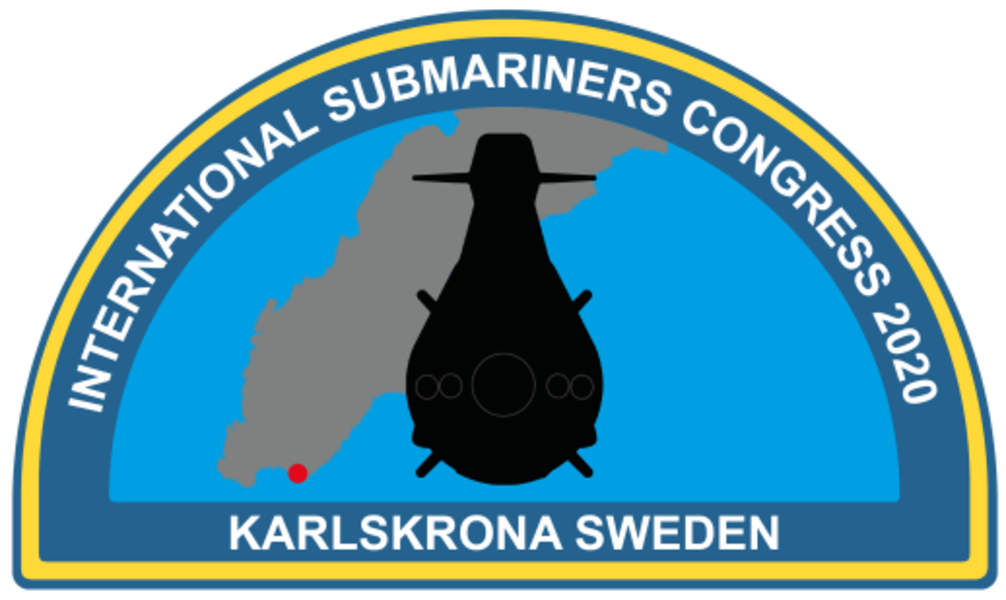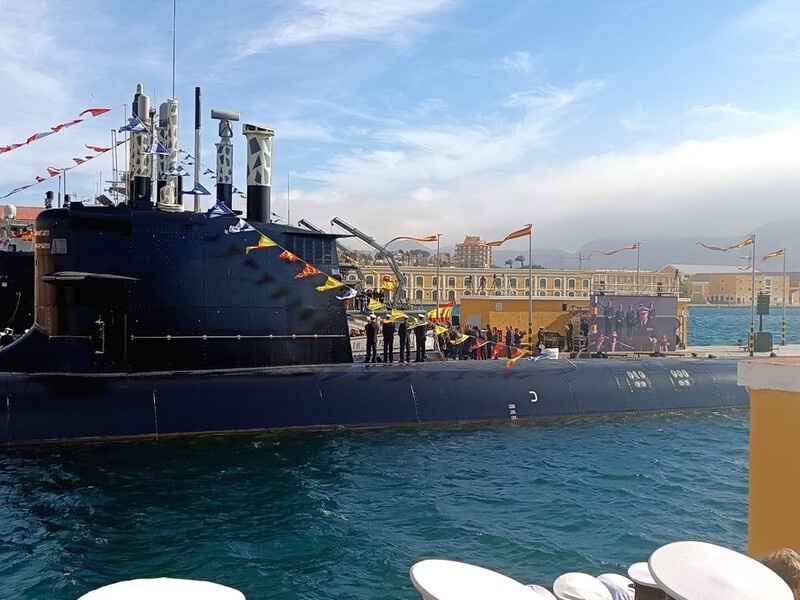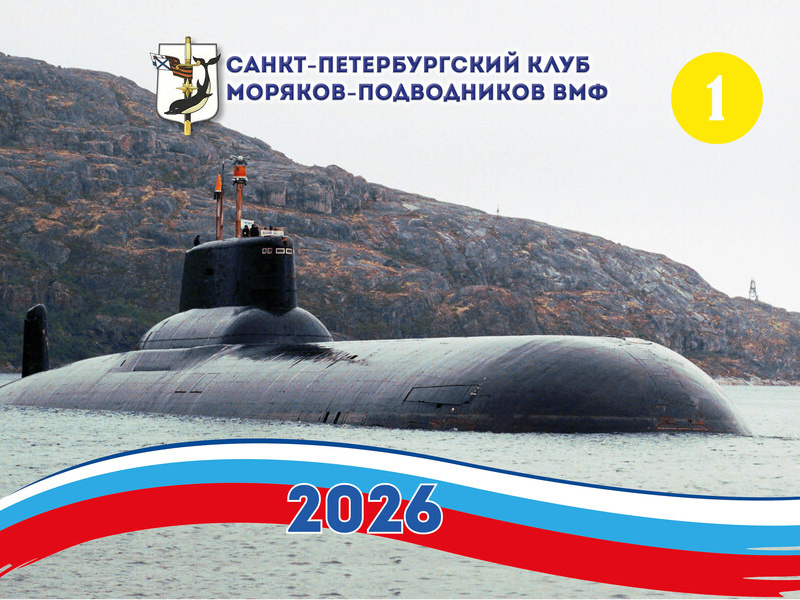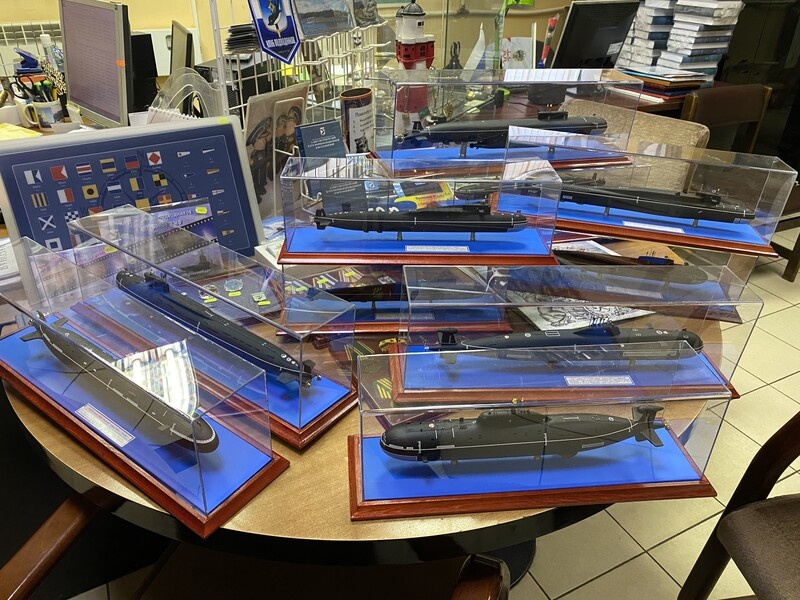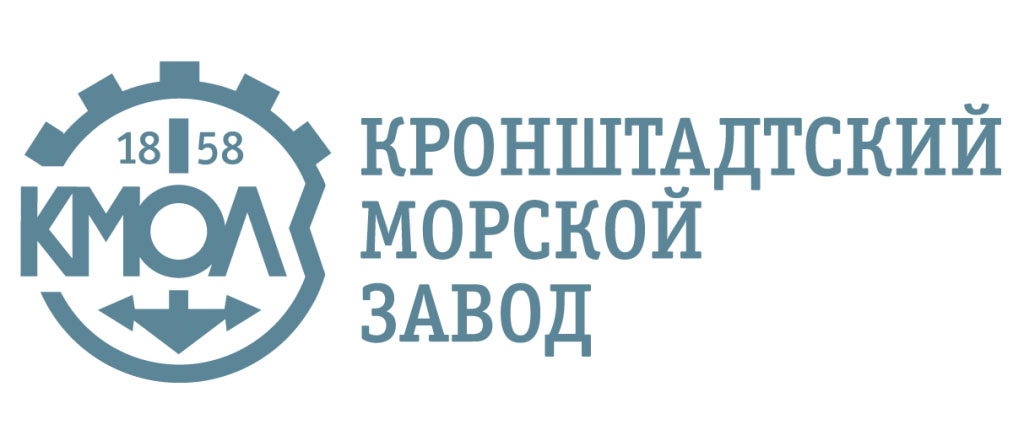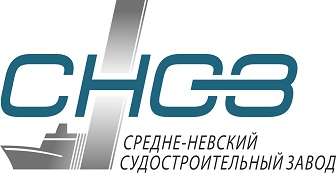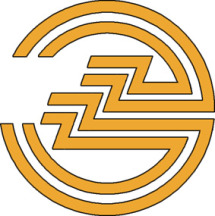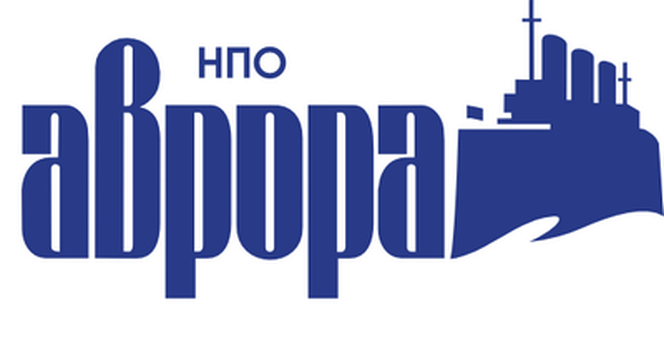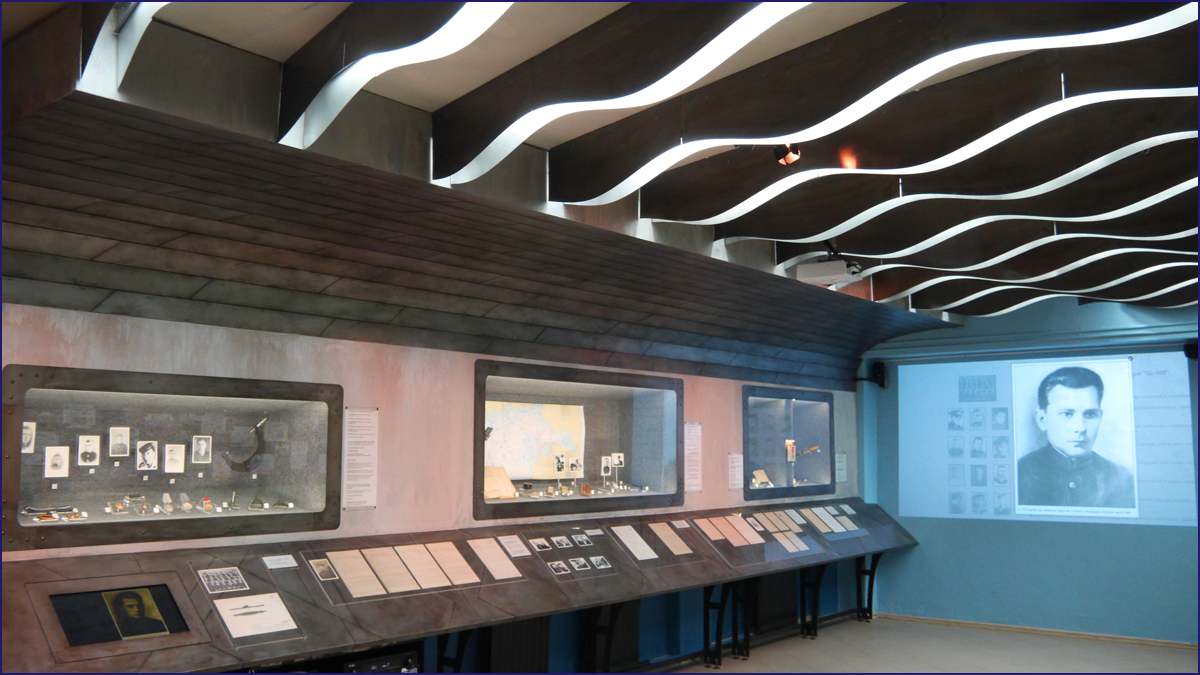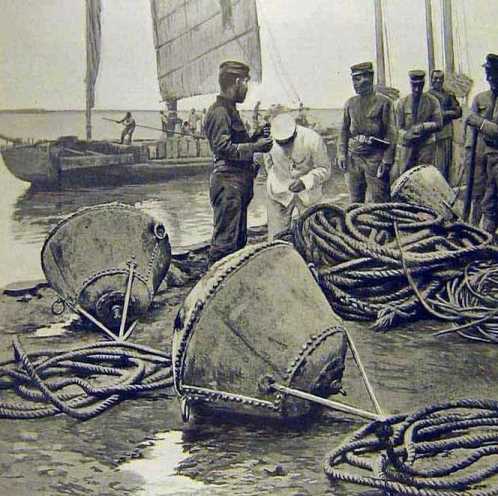Date: 18 Dec 2020
Seasons Greetings from the board of directors of the International Submariners Association -United States of America
President Kennedy’s holiday message 1962- WW II Lieutenant, United States Navy
(120) A message of peace and hope from the JFK Library - YouTube
Swedish Congress Rescheduled for 2022- Greece 2023- Montenegro 2024
The Swedish Congress website
Join 31 Other Nation's Submariners for fun and travel; once this Virus is gone.
Be part of a 50-year tradition of international friendships of submarine sailors. Check out www.submariners.org for the history of the International AssociationConsider becoming a member of the ISA-USA; you will benefit in many ways.
- Travel to foreign countries to participate in conventions that usually include thirty-one states in attendance.
- Establish friendships with submariners from other nations.
- Contribute your Submarine history and experience in our World Wide e-mail blast.
- We Cheerfully accept members that have not served but are interested in worldwide submarine activities
Lifetime membership only $50.00.
ISA/USA Membership Application. All new ISA/USA members receive a Membership card, ISA/USA Patch, and a new larger Vest Pin. On our weblink below and print an application:
Send completed form and membership fee to:
John Bud Cunnally E.T.C. (SS) Ret. USN – President
International Submariners Association of the USA (ISA/USA)
4704 Coppola Drive
Mount Dora, Fl 32757-8069
Bud Cunnally is inviting you to a scheduled World Wide ISA/USA Zoom meeting.
Topic: International Submariners-When did your country establish a Navy, and when did it begin Submarining? Any good sea stories?
Time: Saturday19 Dec 2020 09:00 AM Eastern Time (the USA and Eastern Canada)
Join Zoom Meeting Click below:
https://us04web.zoom.us/j/79752446617?pwd=YWRlRVVCM2hzU2w1T3hqMkRiZCtWdz09
Welcome our newest ISA/USA member Michael Wingeier ETC (SS) USN Retired. He lives in Brighton, Tennessee, with his wife, Karin. He served on board Picuda SS-382, Jallao SS-368, and Sandlance SSN-660
Basic information about getting your vaccine at The United States Veterans Administration.
As the supply of vaccine increases, we'll work with our care teams to let Veterans know their options.
Where we'll offer vaccines
The first authorized COVID-19 vaccine requires special storage and handling. Because of this, we’ll start by offering vaccines through certain VA medical centers.
When more vaccines are available, we’ll determine if we can provide vaccines through our community provider network.
Eligibility and cost
When more vaccines become available, we plan to offer a free COVID-19 vaccine to all Veterans receiving VA health care who want one.
Your team will contact you when a vaccine is available to you. If you decide to get the vaccine, your team will help you schedule your appointments.
If you’re not currently receiving health care through VA, you can apply now.
Keel laid for US Navy’s newest nuclear-powered attack submarine
On 11 Dec 2020, Huntington Ingalls Industries’ (HII) Newport News Shipbuilding division hosted a keel authentication ceremony for the US Navy’s Virginia-class nuclear-powered attack submarine Massachusetts (SSN 798).
Due to the COVID-19 pandemic, the event was held virtually without an audience.
“Today’s event is a significant milestone in the life of the boat because it is the official construction kickoff,” Jennifer Boykin, president of Newport News Shipbuilding, commented.
Massachusetts keel-laying ceremony. Photo: HII
Sheryl Sandberg, chief operating officer of Facebook, is the ship’s sponsor. Sandberg etched her initials onto a metal plate in a pre-recorded video message, signifying the keel of SSN 798 as being “truly and fairly laid.”
Ronnie Payne, a master shipbuilder who has worked on every Virginia-class submarine built at Newport News, then traced Sandberg’s initials with a welding torch at its Supplemental Module Outfitting Facility. The metal plate will remain affixed to the ship throughout its life.
Massachusetts is the 25th Virginia-class fast attack submarine built under the teaming agreement with General Dynamics Electric Boat. It belongs to the Block IV Virginia-class submarines encompassing ten units.
The boat is scheduled for delivery to the US Navy in 2023.
Brazilian Navy launches 2nd Scorpene-class submarine
11 Dec 2020, by Naida Hakirevic
The Brazilian Navy launched the second Scorpene-class diesel-electric attack submarine, the S Humaita (S 41).
ICN is building the unit in Itaguaí, Rio de Janeiro, and French Naval Group under a technology transfer agreement.
Being the third submarine of the Brazilian Navy to carry this name, Humaita has a length of 246 feet and can accommodate 35 crew members and reach a speed of 20 knots.
On the same day, sections of the third Scorpene-class unit, Tonelero (S 42), were integrated. Tonelero is scheduled to be launched in 2021, followed by Angostura (S 43) in 2022.
In 2009, the Naval Group was entrusted by the Brazilian Navy to design and transfer the technology for four conventional Scorpène submarines with electrical propulsion. For the design and manufacturing assistance for the non-nuclear part of Brazil’s first nuclear-powered submarine. The contract also included the support for the construction of a naval base and a shipyard in Brazil.
Worth R $ 37.1 billion, the Submarine Development Program (PRO SUB) is a vital extension of the strategic defense cooperation agreement signed in December 2008 in Rio de Janeiro.
In December 2018, the Navy launched the lead Scorpene-class submarine, the Riachuelo (S 40), which is expected to enter operational service in mid-2021. Currently, the submarine is in the final testing phase.
US Navy future fast attack submarines to have long-range sonar, networking, and fly-by-wire control
A wider hull can improve stealth to enable ship designers to use more sound-deadening technology and develop systems to increase their speed.
20 Nov 2020
WASHINGTON – The US Navy’s future fast attack submarines will be bigger, faster, more autonomous, networked, and stealthier than the existing Virginia-class attack boats because the greater size will allow for more advanced quieting technologies. Kris Osborn at The National Interest reports. Continue reading the original article
The Military & Aerospace Electronics take:
20 Nov 2020 -- Set to emerge in the 2030s, an SSN(X) class of attack submarines may be closer in size to the Navy’s much larger future Columbia-class ballistic missile submarines.
Yet another area of innovation likely to figure prominently in the development of a new generation of attack submarines is fly-by-wire navigational controls such as those built into the Virginia class Block III boats; instead of using mechanically operated hydraulic controls, the Fly-by-Wire system uses a joystick, digital moving maps and various adaptations of computer automation to navigate the boat. This means that computer systems can control the submarine's depth and speed, while a human remains in a command and control role.
The SSN(X)'s large-aperture bow sonar is passive and active; it can listen while remaining silent, yet can send an active ping, analyze the return signal, and render an enemy object to include its contours, speed, and distance.
Related: A look aboard Navy attack sub reveals the growing use of COTS equipment
John Keller, chief editor
Military & Aerospace Electronics
US Sub Fleet to Be Surpassed by China's Before the End of the 2020s, Report Claims
Ilya Tsukanov. Sputnik International
16:06 GMT 13.12.2020(updated 17:25 GMT 13.12.2020)
The People's Liberation Army-Navy (PLAN) of China was forecast to have become the world's Navy in late 2019. However, it still lacks the global power projection capabilities of its US counterparts. The Pentagon has responded with plans for a dramatic increase in the US Navy's size using smaller ships and advances in artificial intelligence.
China will surpass the US Navy's 68-vessel fleet of submarines before 2030, an analysis by a submarine expert, defense observer, and open-source intelligence analyst H I Sutton has revealed.
In an analysis for Naval News, Sutton points to Covert Shores, the US government, and the Office of Naval Intelligence estimates on the number of submarines possessed by the world's major powers, plus North Korea. His analysis showed that although the US is projected to drop from 68 to 66 submarines between 2020 and 2030, China should increase its numbers from 66 to 76 during the same period.
Russia, meanwhile, is expected to drop one sub from 63 to 62 in the coming decade. North Korea, which is estimated to have up to 71 submarines, most of them smaller, older vessels, many dating back to the Cold War, should slim down to a fleet of 60 subs by 2030.
"The next ten years could see a major shift in the rankings," Sutton notes. "Based on current plans and projections, the US and China will trade places by 2030," he indicates.
For the US data, the analyst cites the Plan for Construction of Naval Vessels report to Congress, which points to plans to build three new Virginia-class subs a year over the coming decades, with the new boats to be commissioned as older ones are scrapped.
The Virginia-class attack sub, designed and built by General Dynamic's Electric Boat and Huntington Ingalls Industries, has a price tag of $2.8 billion apiece, a nuclear propulsion system armaments including Tomahawk cruise missiles for naval and ground attacks and four torpedo tubes for anti-ship and anti-submarine warfare. As more Virginia-class boats are fielded, the US is expected to scrap its remaining four Ohio-class cruise missile submarines, thereby scrapping the SSGN class altogether, by 2027.
As for China's projected numbers, the analyst cites a report by the Congressional Research Service from March 2020 on China's naval modernization plans. That report cites the Office of Naval Intelligence (ONI) figures. ONI says that PLAN's proposals include the 76 boats above by 2030, eight ballistic-missile subs, 13 nuclear subs, and 55 diesel-electric powered subs.
Figures aside, Sutton stresses that factors such as "the quality of the boats, their weapons, and their crews all come into play. And the US Navy is widely seen as far ahead of the PLAN today. But quantity has a quality all its own. And the US force is much more spread out than China's, also facing an increasingly assertive Russian Navy submarine fleet. And no submarine, however, dated, can be written off as not a threat."
Size Insecurities
The Pentagon has repeatedly expressed concerns over China's growing naval capabilities, with officials recently indicating that they would like the already ambitious goal of a 355-ship navy to expand further to between 480 and 534 ships, with the envisaged fleet consisting of a larger number of smaller ships than at present, some of them unmanned or optionally manned and using AI technology, and fewer capital ships such as aircraft carriers. Currently, the US has a 293-hull Navy.
China recently surpassed the US in total naval size, growing by about 55 percent between 2005 and 2019 to 335 ships total
Including two aircraft carriers, eight amphibious dock ships, 34 destroyers, 49 frigates, 71 corvettes, dozens of missile boats, anti-submarine warfare vessels, landing craft, and mining/demining ships.
The Center for Strategic and International Studies, an influential Washington-based think tank, estimates that China's Navy will expand to 425 ships total by 2030, with quantity to be complemented by quality, including investments in long-range anti-ship missiles.
LCS USS Gabrielle Giffords Nabs Narco Sub in the Pacific
By: H I Sutton
14 Dec 2020 6:14 PM
USS Gabrielle Giffords (LCS-10) with embarked US Coast Guard Law Enforcement Detachment (LEDET) 407 conducts enhanced counter-narcotics operations, 5 Dec 2020. US Navy Photo
Operating in the Eastern Pacific with a Coast Guard law enforcement detachment (LEDET) aboard, the USS Gabrielle Giffords (LCS-10) interdicted a so-called narco submarine on 5 Dec.
Narco submarines are one way that drug traffickers smuggle cocaine from Colombia to markets in North America. Littoral Combat Ship Giffords is part of U.S. Southern Command’s enhanced counter-narcotics operations, the command announced.
The low-profile vessel (LPV) Giffords interdicted is typical of those found in that part of the world. Its smooth lines, low freeboard barely showing above the water, and slender pencil-thin hull make it hard to see. This is a mass-produced design that has been seen many times before. It is at least the 19th of this exact model reported since 2017. It was built from roughly crafted fiberglass and is powered by three of the ubiquitous Yamaha Enduro 2-stroke outboard motors.
Its three crew are crammed into a tiny cockpit at the extreme rear of the craft. Running forward beneath the extended deck is a narrow tunnel that serves as both a cargo hold and living space. The crew sleep there on the bales of cocaine. On either side of the tunnel are fuel tanks. About halfway to the bow, the tunnel opens out into the main cargo hold. And in front of that are more fuel tanks. The interior is generally cramped, smelly, unhygienic, and claustrophobic. Yet, the cartels find a ready supply of crew.
In this case, the three-person crew was arrested. And with them, around 4,806 pounds (2,810kg) of cocaine was seized. The cocaine comes in kilogram bricks, which are then wrapped in plastic sacks to make bales. The value of this payload is over $100 million.
According to a recently reported seizure, the payload, which equals 2.4 tons of cocaine, was much larger than has been typical for this type of narco submarine. This may be part of a broader trend where narco subs are entrusted with greater loads per trip. The one discovered by the Colombian Navy last month, on 5 Nov, could carry six metric tons. That design was more sophisticated, using 10 tons of batteries to propel it silently.
According to analysts, possible reasons for the increasing payloads may include the impact of COVID-19 on other trafficking routes, such as commercial flights and shipping, and the increased law enforcement efforts of SOUTHCOM. Since the beginning of April, SOUTHCOM has carried out enhanced counter-narcotics operations in the Eastern Pacific and the Caribbean. This has seen more warships, like Gabrielle Giffords, actively tasked with counter-narcotics missions with US Coast Guard detachments embarked.
Aboard Gabrielle Giffords, the illegal drugs could be unloaded into the spacious mission bay. There they joined around 200 kg seized from a go-fast vessel (GFV) a few days before. Go-fasts are less sophisticated than the narco-subs and generally carry much fewer drugs.
Gabrielle Giffords completed a deployment to the Western Pacific in October before taking up the narco sub challenge in mid-October. Other LCS deployed on anti-drug missions were USS Sioux City (LCS-11) and USS Detroit (LCS-7). SOUTHCOM continues to mount enhanced counter-narcotics operations employing warships in addition to Coast Guard cutters, aircraft, and partner nation forces.
USS Topeka becomes 10th Los Angeles-class attack submarine stationed in Hawaii
The Los Angeles-class fast-attack submarine USS Topeka arrives in Pearl Harbor, Hawaii, after completing a change of homeport from Guam, 15 Dec 2020.
By WYATT OLSON | STARS AND STRIPESPublished: 16 Dec 2020
FORT SHAFTER, Hawaii — Pearl Harbor became home to another fast-attack submarine as the USS Topeka changed its homeport to Hawaii on Tuesday.
The vessel, formerly homeported in Guam since 2015, became the 10th Los Angeles-class submarine to be stationed at Joint Base Pearl Harbor-Hickam, the Navy said in a news release Wednesday. It is assigned to Submarine Squadron 7.
The sub is slated to soon go into Pearl Harbor Naval Shipyard for regularly scheduled major maintenance for upgrades and repairs, the Navy said.
“The crew and their families did a fantastic job of getting things ready on time and transitioning to a new place,” Cmdr. Richard Salazar, Topeka’s commanding officer, said in the news release.
“There are so much logistics and stress that goes into a change of homeport, but the crew and their families did a tremendous job navigating through it all, and we are so happy to be here.”
USS Topeka was “the tip of the spear” during its five years stationed at Guam, Capt. Mike Majewski, the commodore of Submarine Squadron 7, said in the news release.
“She steamed thousands of nautical miles in support of national and Pacific Fleet objectives and participated in numerous national and international exercises,” he said.
Since 2015, the submarine deployed four times, participated in 14 exercises, and earned the service’s Engineering Efficiency Award each year, the Navy said.
The Topeka became the fourth Los Angeles-class submarine to be homeported in Guam in 2015 as part of the Obama administration’s Pacific rebalance to enhance the Navy’s forward presence in the region.
Topeka was commissioned in 1989 and was given a complete engineering overhaul at Portsmouth Naval Shipyard, NH, before being sent to Guam.
The sub can support various missions, including anti-submarine warfare, anti-surface ship warfare, surveillance, and reconnaissance, and strike warfare, the Navy said.
Topeka returned from its last deployment, in the Western Pacific, on 24 Oct.
Russian nuclear submarine test-fires four ballistic missiles
Iran Press TV
Sunday, 13 Dec 2020 6:09 AM
A Russian nuclear submarine has successfully test-fired four intercontinental ballistic missiles, the Defense Ministry said.
The Vladimir Monomakh nuclear submarine of the Russian Navy Pacific Fleet launched the four Bulava missiles in quick succession on Saturday from an underwater position in the Sea of Okhotsk.
The missiles, equipped with dummy warheads, successfully hit their targets in the Arkhangelsk area of northwestern Russia more than 5,500 kilometers (over 3,400 miles) away.
The Vladimir Monomakh is one of the new Borei-class nuclear submarines that carry 16 Bulava missiles each.
The missile test concluded four days of military drills involving Russia's strategic nuclear forces stationed in various eastern and western parts of the country.
The missile launch took place amid increasing tensions between the West and Russia over disarmament, heralding a new Cold War.
The two sides have reviewed ways of de-escalating tensions by signing new arms deals. Washington and Moscow have discussed conditions for signing a New Strategic Arms Reduction Treaty — New START.
The old arms treaty, which expires in early February, banned the two countries from deploying more than 6,000 nuclear warheads atop a total of 1,600 intercontinental ballistic missiles (ICBMs) and bombers.
US President Donald Trump has yet to decide on the New START.
Both Moscow and Washington withdrew from the 1987 Intermediate-Range Nuclear Forces Treaty last year, making New START the only nuclear arms control deal left between the two powers.
Foreign Minister Sergey Lavrov warned earlier this week that Moscow would neither succumb to Western pressure nor accept a new world order led by the United States and its allies.
The Ocean Cleanup updates on the development of System 002
With the 1st deployment mission of a system to capture and collect plastic debris in the Great Pacific Garbage Patch officially, The Ocean Cleanup is now working to develop System 002.
See the system work link below.
System 002 is planned to be a full-scale cleanup system that can endure and retain the collected plastic for long periods.
Currently, The Ocean Cleanup team is working on solutions to tweak the previous version of the system, focusing on its retention abilities to stay longer at sea to optimize costs.
To remind, the System 001, dubbed Wilson, comprised a 600-meter-long U-shaped floating barrier with a three-meter skirt attached below. It was designed to be propelled by wind and waves, allowing it to catch and concentrate plastic debris in front of it passively.
Despite some setbacks in the initial stages of deployment, a redesigned System 001/B confirmed the concept’s ability to collect plastic debris from giant fishing nets to microplastics of one millimeter in size.
The Dutch environmental organization believes that System 002 will be a crucial stepping stone to the Great Pacific Garbage Patch's full-scale cleanup.
The Ocean Cleanup aims to scale up to a fleet of approximately 60 systems focused on the Great Pacific Garbage Patch over the next two years. It estimates that the full fleet can remove half of the plastic in the area within five years.
This is in line with The Ocean Cleanup’s ultimate goal: reducing the amount of plastic in the world’s oceans by at least 90% by 2040.
List of related news articles
· Ocean Cleanup plans mass production of Interceptor
· 100 tons of plastics recovered in largest-ever ocean cleanup





